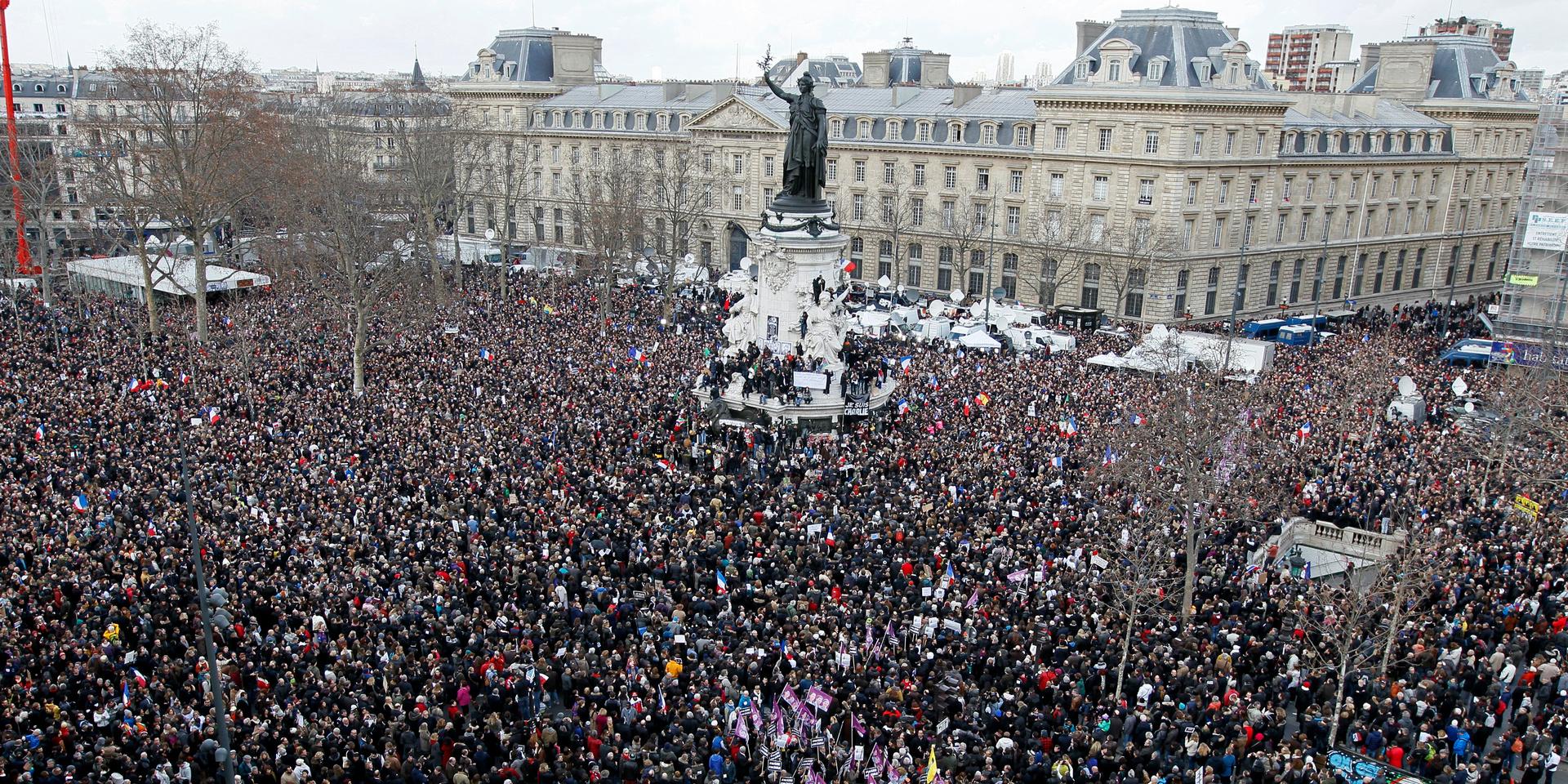The idea for the Museum and Memorial of Terrorism emerged in the wake of the Jihadist terrorist attacks in 2015 and 2016. It reflects the desire of public authorities and victims’ associations to pay tribute to the people impacted by terrorism of all kinds. It has been designed as a place of remembrance and history on this form of war-like violence in peacetime that has affected French society and many other countries since the 1970s.

Key Dates
November 6, 2017: Élisabeth Pelsez, the déléguée interministérielle à l’aide aux victimes [inter-ministerial delegate for victim support] (DIAV), sent a brief on memorial policies for victims of terrorism to French president Emmanuel Macron.
February 9, 2018: Nicole Belloubet, the minister of justice, established a Memorial Committee to study ideas for tributes and forms of recognition for victims of terrorism.
September 7, 2018: The Memorial Committee submitted a report to the garde des Sceaux [ministry of justice], titled, “Terrorisme, faire face. Enjeux historiques et mémoriaux” [facing terrorism: historical and memorial challenges]. Recommendations in the report include creating a national day of commemoration and a museum and memorial of terrorism.
September 19, 2018: After reviewing the recommendations in the report, the French president made an official announcement to create this new place of remembrance.
February 4, 2019: Prime Minister Édouard Philippe entrusted Henry Rousso, a historian known for his work on collective memory, and the director of research for the CNRS, with chairing a first preliminary project team on a Museum and Memorial for Societies Facing Terrorism.
In a report submitted in late February 2020, Henry Rousso and his team describe the general concept of the future institution.
March 11, 2020: the French president presided over the first National Day for Victims of Terrorism. The date was chosen in reference to the Madrid attack of 2011, and the King of Spain was also in attendance.
In a letter dated June 15, 2020, the French president entrusted Henry Rousso with a second mission, with the goals of drafting a scientific and cultural program and specifications for the future Museum and Memorial of Terrorism, and of finding a location for the institution.
February 1, 2021: a Public Interest Group (GIP) was created for the project: “Preliminary Project Team for the Museum and Memorial of Terrorism”.
May 11, 2021: The French president selected Suresnes for the location. The proximity to the Mémorial de la France combattante, a memorial to French fighters of the Second World War, means the future institution will be part of a broader memorial experience.
March 11, 2022: The Scientific and Cultural Program was submitted to the French President on the French National Day for Victims of Terrorism.

Functions of the Museum and Memorial of Terrorism
This innovative cultural institution is many things at once: a museum of history and society, a platform for documentation and research, a center for educational programming, lectures, and conversations, and a space for reflection.
It completes a commemorative mission that already includes the French National Medal of Recognition for Victims of Terrorism, the French National Day for Victims of Terrorism, and the creation of the Centre national de ressources et de résilience [national resource and resilience center].
Victims, survivors, those wounded both physically and psychologically, as well as first responders and relief workers (fire fighters, rescue workers, police officers and gendarmes, doctors, community members) are at the heart of the mission at the Museum and Memorial of Terrorism. The institution has included victims’ associations, victim aid organizations, and towns impacted by terrorism on its committees and governance bodies.
To honor victims, the Museum and Memorial of Terrorism should be a space for recognition, testimony, and empathy, where victims can express themselves and be heard. Yet honoring victims is also understanding why they have been the target of terrorist acts and helping them make sense of their experience.
The location on the Mont-Valérien hill in Suresnes (near the Mémorial de la France combattante, a memorial to French fighters of the Second World War) reflects the national scope of this project and its mission to be accessible to a broad French and international public.

